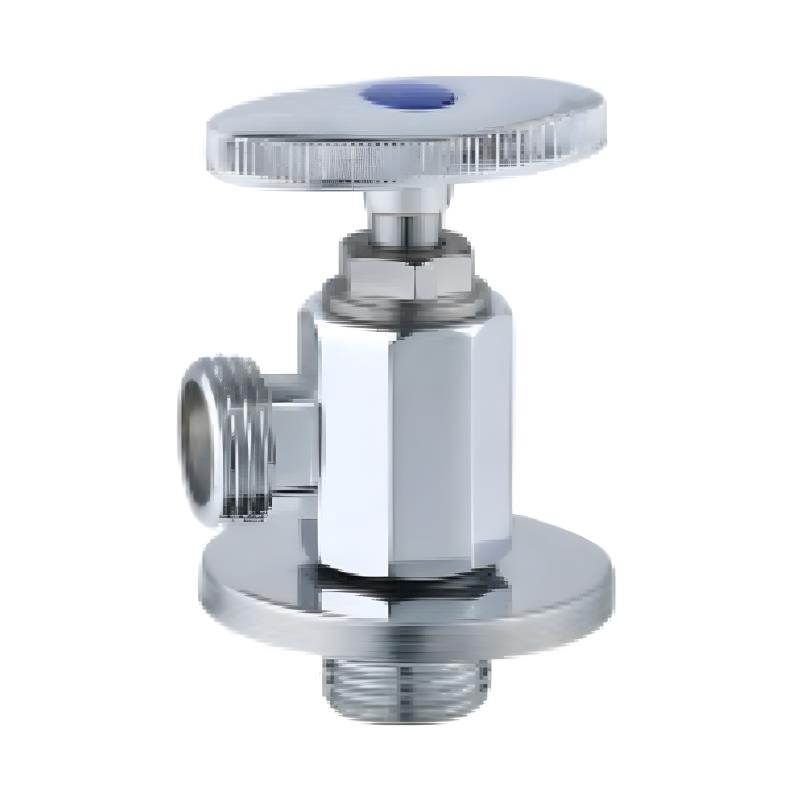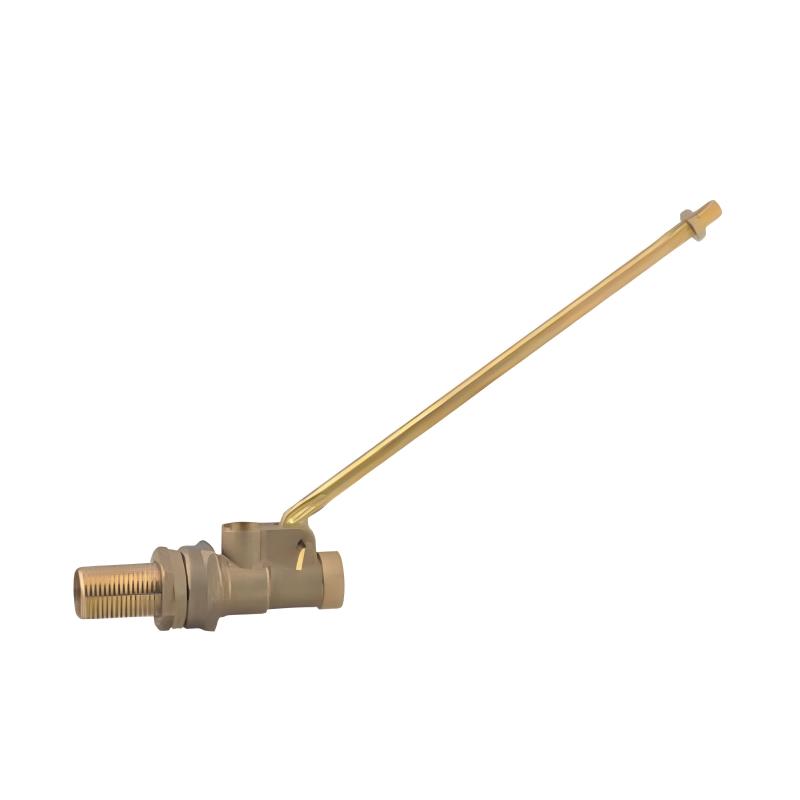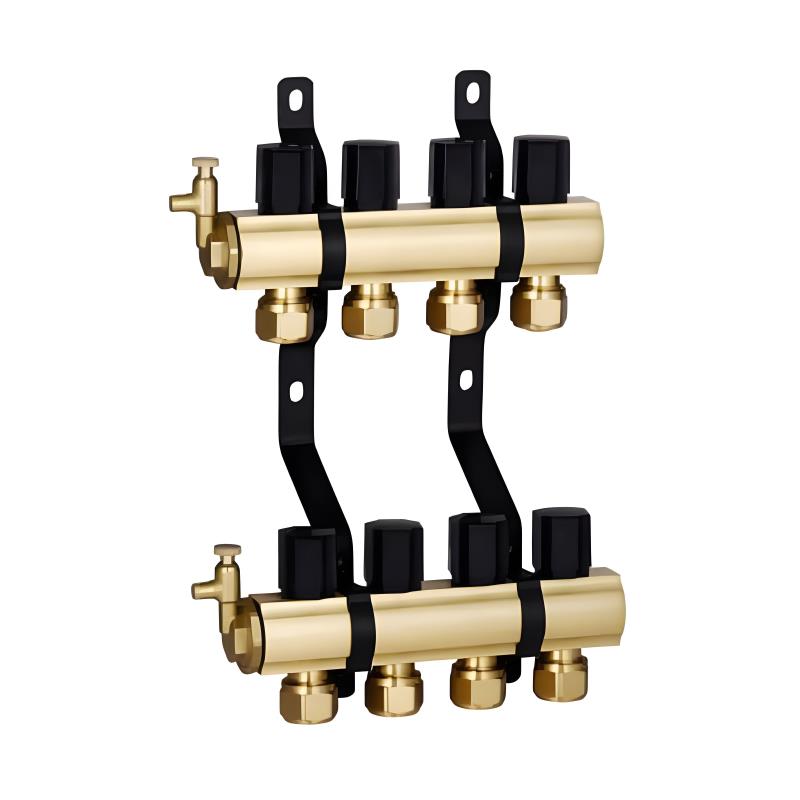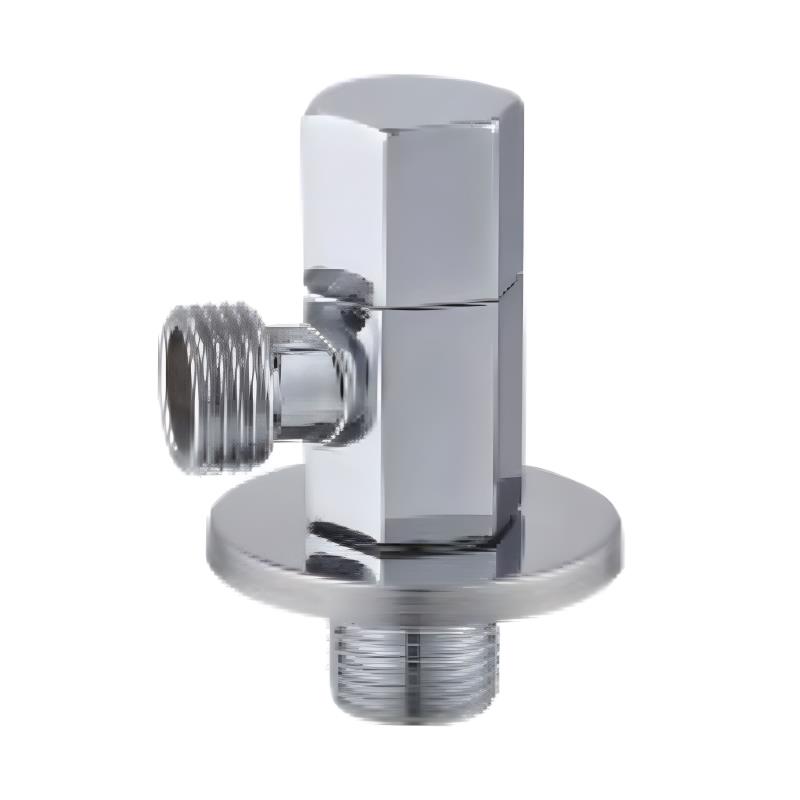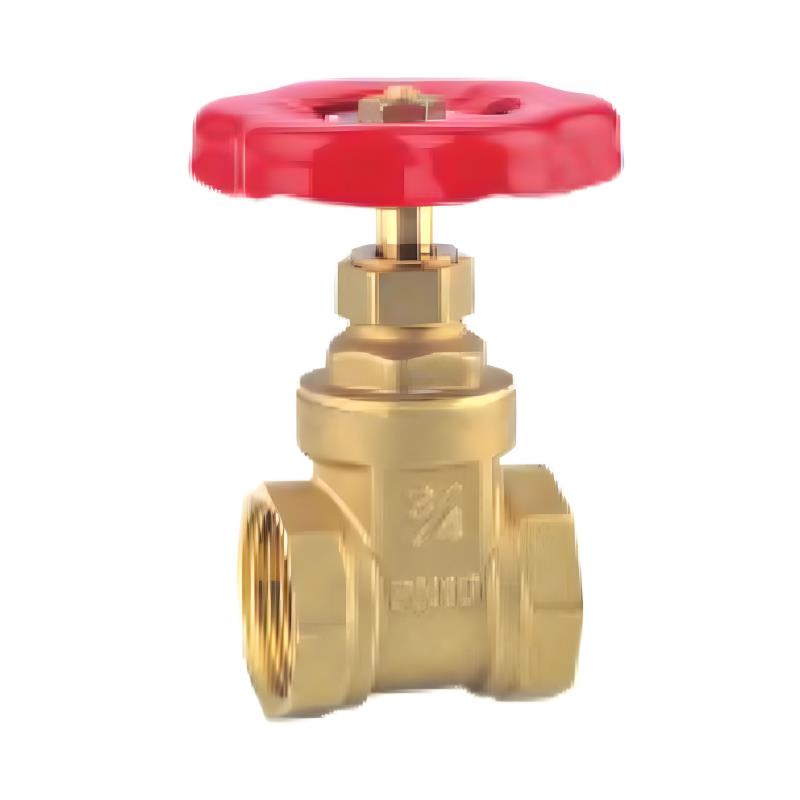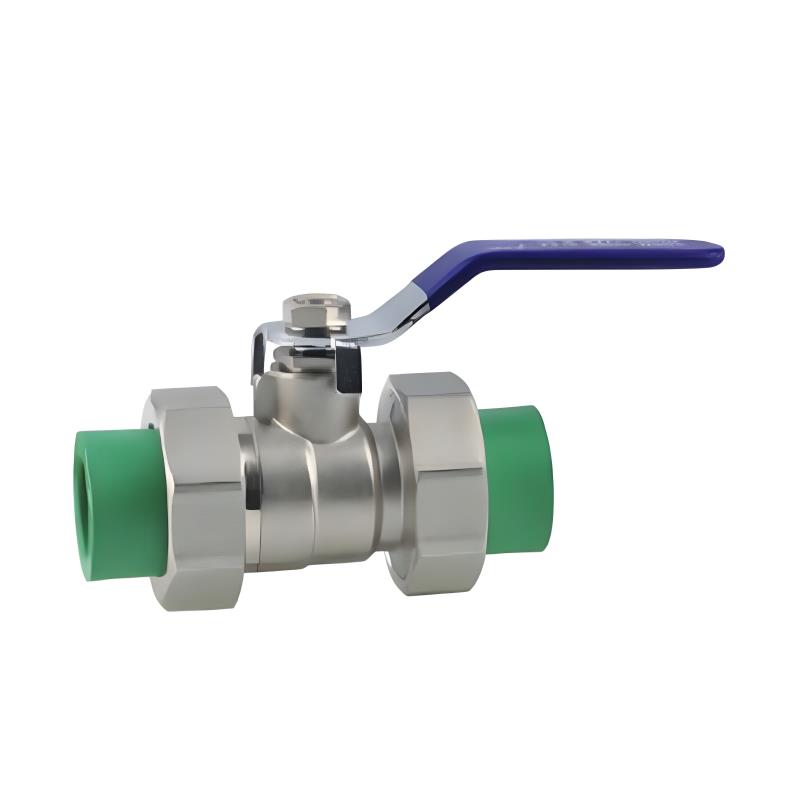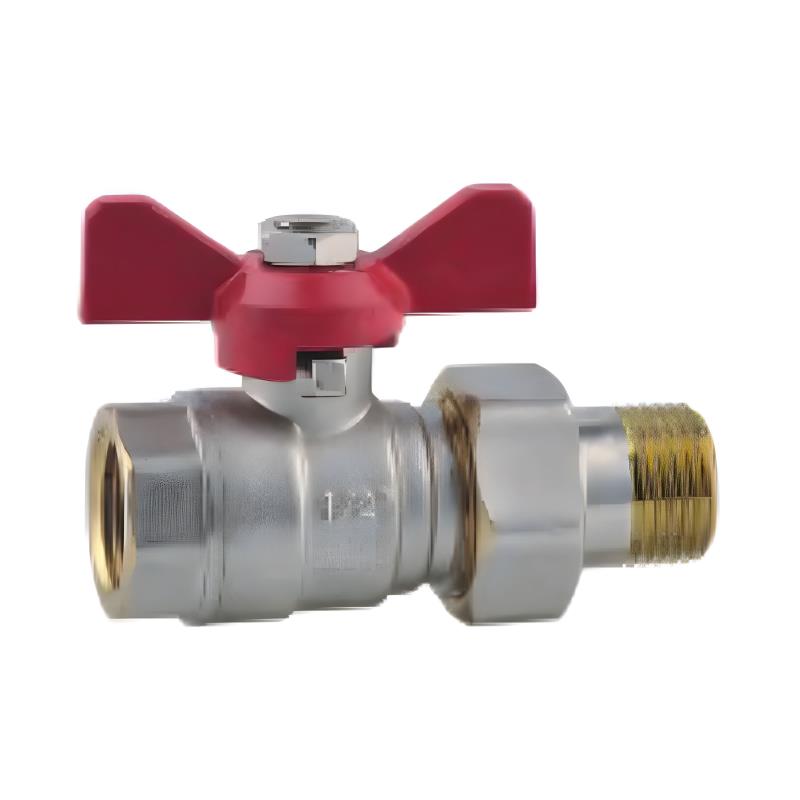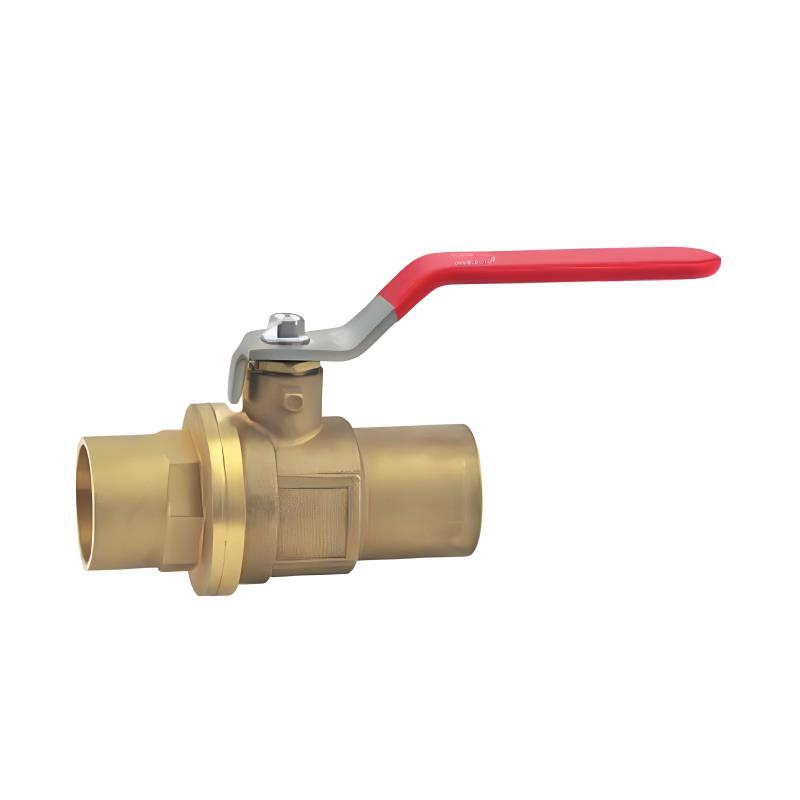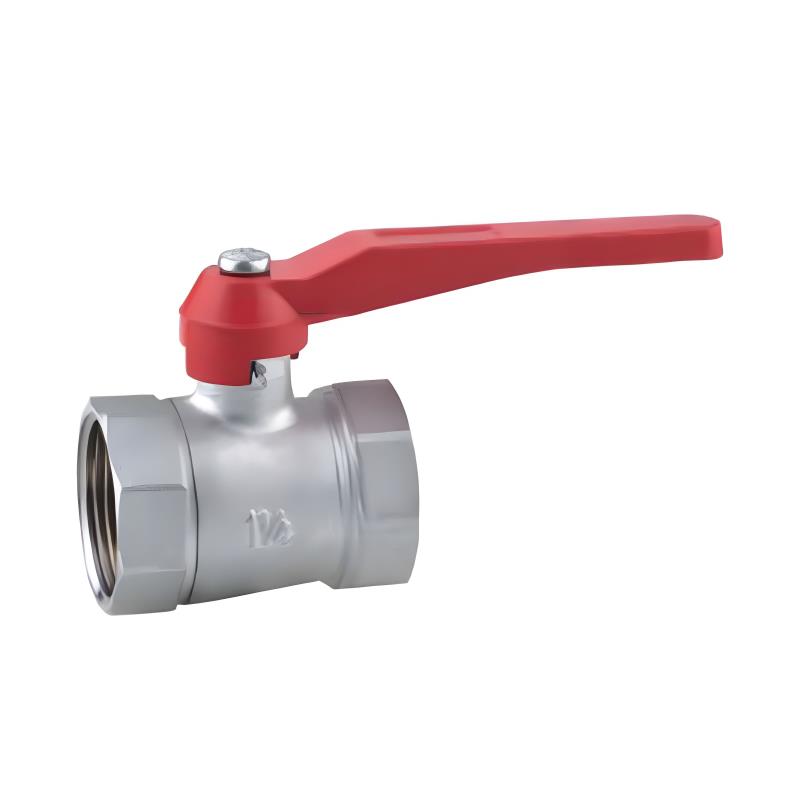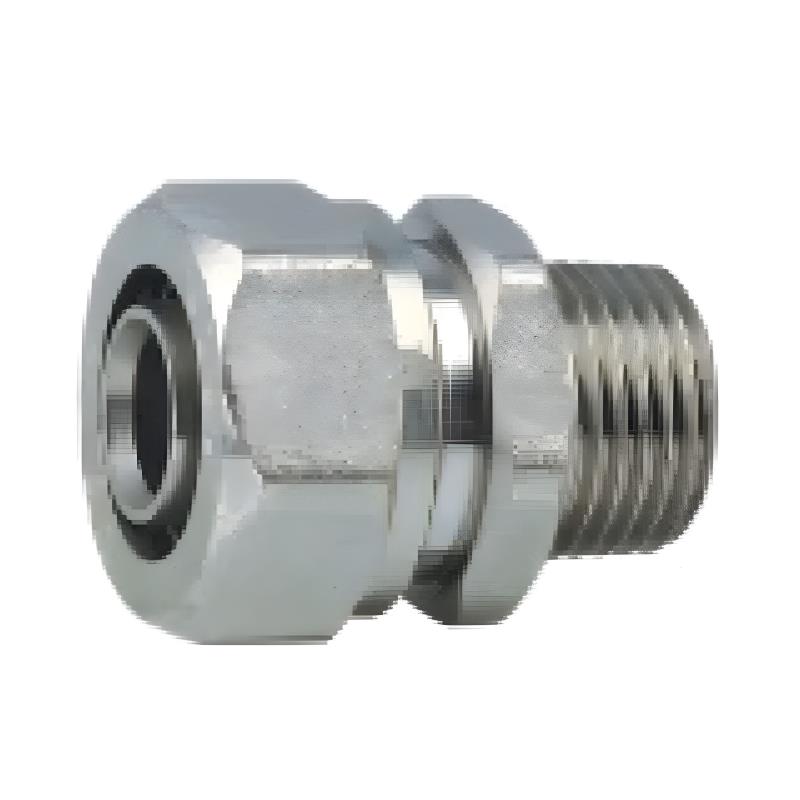Submit feedback
The Durability and Material Considerations of Bibcock Valves
Bibcock valves are essential components in plumbing systems, commonly used in both residential and commercial settings. Their primary function is to control the flow of water, and their performance heavily depends on the materials from which they are constructed. This article delves into the materials used in bibcock valves, focusing on their durability and suitability for various applications.
A bibcock valve, often referred to as a hose bib or outdoor faucet, is a type of valve that allows for the manual control of water flow. Typically installed on the exterior of buildings, bibcocks are designed to withstand outdoor conditions and provide a reliable water source for tasks such as gardening, car washing, and other outdoor activities.

Material Choices for Bibcock Valves
The durability and functionality of a bibcock valve are significantly influenced by the material used in its construction. Common materials include:
Brass: Known for its strength and corrosion resistance, brass is a popular choice for bibcock valves. It offers a balance between cost and durability, making it suitable for a wide range of applications.
Stainless Steel: Offering superior corrosion resistance, especially in harsh environments, stainless steel bibcock valves are ideal for areas with high humidity or exposure to chemicals. They tend to be more expensive but provide enhanced longevity.
Plastic: While cost-effective, plastic bibcock valves are less durable and may not withstand extreme temperatures or physical impacts as well as metal counterparts.
Durability Factors
Several factors contribute to the durability of bibcock valves:
Corrosion Resistance: Materials like brass and stainless steel resist corrosion, ensuring the valve remains functional over time, even when exposed to water and air.
Strength and Impact Resistance: The structural integrity of the valve material determines its ability to withstand physical impacts and pressure changes without failing.
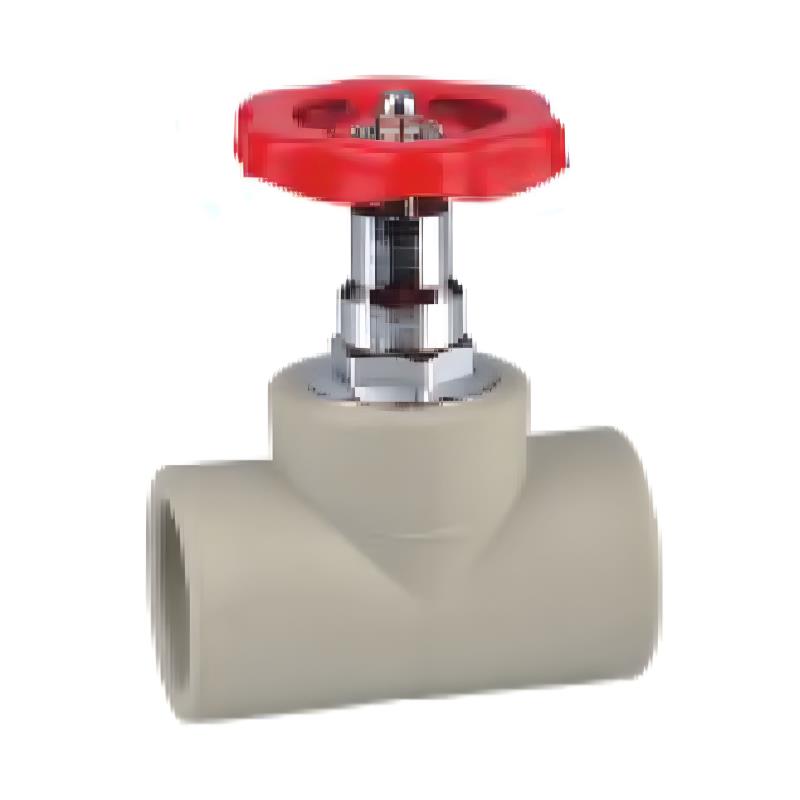
Temperature Tolerance: Valves must be able to operate effectively across a range of temperatures. Stainless steel, for instance, performs well under both high and low-temperature conditions.
Choosing the Right Material
Selecting the appropriate material for a bibcock valve depends on the specific requirements of the installation site:
Residential Use: For typical home applications, brass bibcock valves offer a good balance of cost and durability.
Commercial or Industrial Use: In environments where the valve is exposed to harsh chemicals or extreme conditions, stainless steel valves are recommended for their superior resistance properties.
Budget-Conscious Installations: Plastic valves may be suitable for temporary setups or areas where the valve is protected from physical damage and extreme conditions.
Maintenance and Longevity
Regardless of the material, regular maintenance is crucial to ensure the longevity of bibcock valves:
Regular Inspection: Check for signs of wear, corrosion, or leaks.
Cleaning: Remove any debris or mineral buildup that could impede water flow.
Proper Winterization: In colder climates, ensure the valve is properly winterized to prevent freezing and potential damage.
The material choice for a bibcock valve plays a pivotal role in its durability and performance. Understanding the properties of materials like brass and stainless steel can guide consumers and professionals in selecting the right valve for their specific needs. By considering factors such as corrosion resistance, strength, and temperature tolerance, one can ensure a reliable and long-lasting water control solution.
 +86-13989680588
+86-13989680588 graylin@hongjiavalve.com
graylin@hongjiavalve.com 

